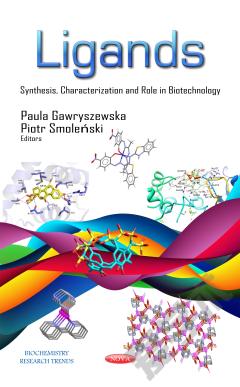Lipid Rafts: Properties, Controversies and Roles in Signal Transduction
For many years, the surface of cells was viewed as a homogeneous fluid lipid casing. However, it is now understood that the surface of cells is not homogeneous but instead contains domains selectively enriched in particular lipids and proteins. Although it is still not completely clear how these lipid platforms are formed, their existence provides a basis for the organization of many cell processes. One possibility is that microdomain formation relies on lipid phase separation in the plane of the bilayer – ‘lipid raft’ hypothesis. Lipid rafts are compelling since they provide spontaneous organization for signal transduction as well as intracellular sorting and targeting. What are the functions of these domains? Do they rely on specific interactions and how do they change in response to cell signaling processes? Do they help in the understanding of cell signaling and immune function and how may they be disrupted in disease processes such as neurodegeneration?
{{comment.content}}








 京公网安备 11010802027623号
京公网安备 11010802027623号